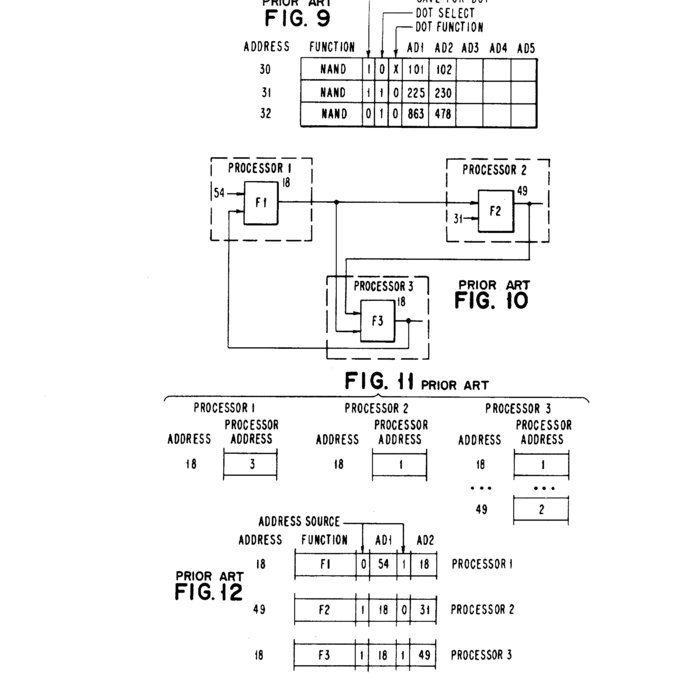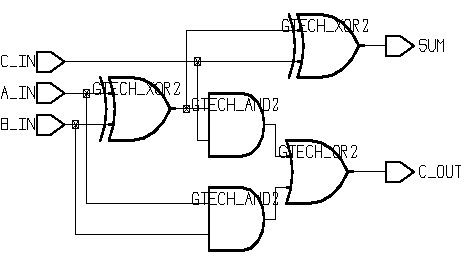
It is executed inside always block, and the sensitivity list remains the same as explained in the above section.We used a $monitor, which displays the value of the signal whenever its value changes. Now, it depends on the user whether they want to display the simulation result on the TCL console or not.$dumpvars is used to specify which variables should be dumped in the file name specified by the filename argument.$dumpfile is used to dump the changes in net and registers' values in a VCD file (value change dump file).The different thing is the use of two system tasks:

We can also stop the simulation in a pre-mentioned delay time using $finish.Now we'll give an initial stimulus to the input variables.Port mapping is the linking of testbench's modules with that of the design modules. The DUT must be instantiated under the testbench. The test bench applies stimulus to the Device Under Test (DUT).Their values don't change and can't be assigned them inside, always an initial block. Wires (wire) are declared for the passive variables.It is used to apply a stimulus to the input. The register (reg) type holds the value until the next value is driven by the clock pulse onto it and is always under initial or always block.Next are the module and variable declaration. The time resolution is the precision factor that determines the degree of accuracy of the time unit in the modules.

Timescale directive is used for specifying the unit of time used in further modules and the time resolution (one picosecond). It starts with a grave accent ` but does not end with a semicolon. Therefore Verilog can model it using a continuous assignment with assign or an always block with a sensitivity list that comprises all inputs.įirst, add the timescale directive. A, B are the input variables for two-bit binary numbers, Cin is the carry input, and Cout is the output variables for Sum and Carry.Īn example of a 4-bit adder is shown below, which accepts two binary numbers through the signals a and b.Īn adder is a combinational circuit. The logical expression for the two outputs sum and carry are given below.

The full adder is a combinational circuit so that it can be modeled in Verilog language. It is the main component inside an ALU of a processor and is used to increment addresses, table indices, buffer pointers, and other places where addition is required.Ī one-bit full adder adds three one-bit binary numbers, two input bits, one carry bit, and outputs a sum and a carry bit.Ī full adder is formed by using two half adders and ORing their final outputs.

The full adder is a digital component that performs three numbers an implemented using the logic gates.


 0 kommentar(er)
0 kommentar(er)
